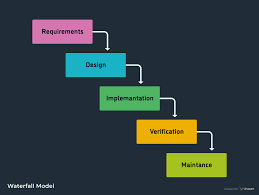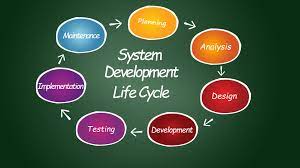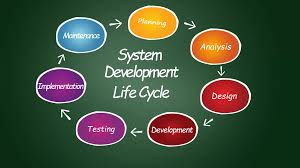11
Sep
During the Systems Development Life Cycle (SDLC), several techniques can be employed to control and direct a project effectively. Here are some commonly used techniques: Project Planning and Scheduling: Developing a comprehensive project plan that outlines tasks, milestones, timelines, and dependencies is crucial. Techniques like Work Breakdown Structure (WBS), Gantt charts, and Critical Path Method (CPM) can be utilized to break down the project into manageable components, allocate resources, and establish realistic schedules. Project Tracking and Monitoring: Regularly tracking and monitoring project progress against the established plan is essential. Techniques such as progress reports, status meetings, and project management software…









